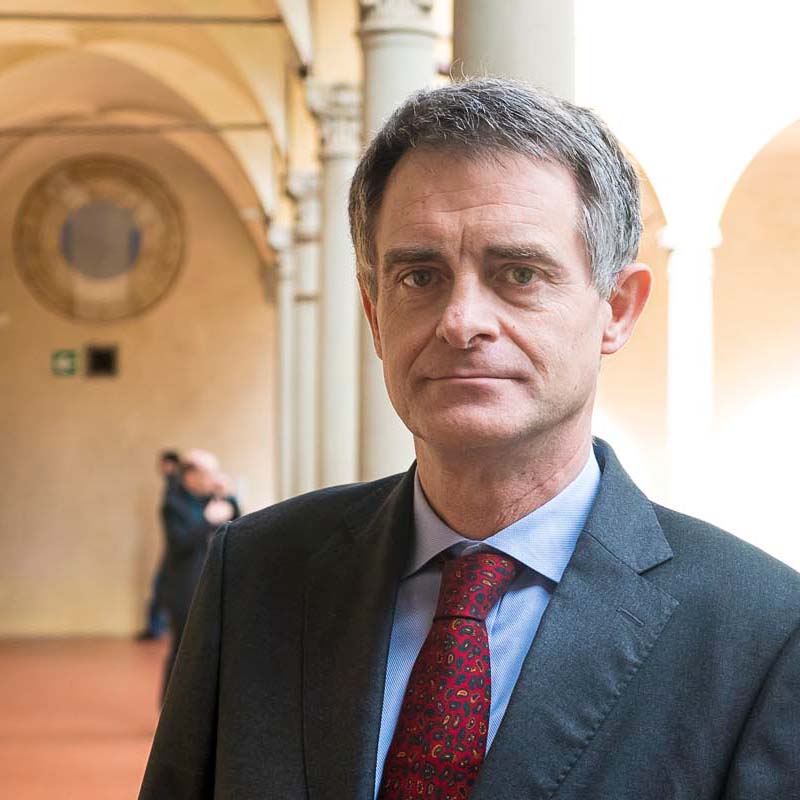Integrated energy infrastructure planning
This is the second installment of the Topic of the Month: Decarbonisation, infrastructure and electricity market design
The increased share of renewables-based generation, which is not only more variable and less predictable than conventional generation, but might also be located away from consumption centres, requires greater flexibility of the electricity system and a stronger European network.
Moreover, over the next decade and beyond, decarbonisation of the energy system will be achieved through:
- Increasing electrification of final uses, wherever this is possible;
- The phasing out of natural gas and its replacement by renewable and decarbonised gases, including hydrogen – and, in a transitory period, low-carbon gases – where electrification is not possible or excessively expensive.
With policies that aim at an ever-increasing integration and coupling[1] between the different energy carriers[2] – electricity and gas and, in the future, hydrogen -, it would seem desirable that planning of their respective networks, which are key in supporting the above-mentioned developments, takes place in an integrated way, so as to be able to consider, already when planning the transport infrastructure, the possible synergies between the various vectors.
The long way to energy system integration
However, the planning of the electricity and gas grids is still performed separately for electricity and gas, both at the national level – with the multi-year plans – and at the European level – with the Union-wide ten-year network development plans (TYNDPs) developed by the European Network of Transmission System Operators for Electricity (ENTSO-E) and the European Network of Transmission System Operators for Gas (ENTSOG), for the electricity and gas network respectively.
So far, the focus has been on integrated modeling – not yet fully achieved – and on common scenarios. Unfortunately, the European Commission, in the Decarbonisation Package of last December, missed the opportunity to scale up the ambition in network planning, as it did not propose to integrate the TYNDPs for electricity and gas into a single plan that could then, in the future, also include the planning of the hydrogen network.
In particular, the European Commission’s proposal for the revision of Regulation (EC) no. 715/2009 modifies recital (17) by providing that “In order to ensure greater transparency regarding the development of the gas transmission network in the [Community] Union, the ENTSO for Gas should draw up, publish and regularly update a non-binding Union-wide ten-year network development plan on the basis of a joint scenario and the interlinked model Union-wide network development plan). Viable gas transmission networks and necessary regional interconnections, relevant from a commercial or security of supply point of view, should be included in that network development plan.”
To this end, Article 23(3) includes among the tasks of ENTSOG, the adoption of “a non-binding Union-wide ten-year network development plan (Union-wide network development plan), including a European supply adequacy outlook, every two years”.
As can be seen, in both cases there is an EU-wide TYNDP for the gas network, which is separate from the one for the electricity network, even though based on integrated modeling and common scenarios. Furthermore, in providing for a separate European development plan for the hydrogen network that shall be adopted by the new European Network of Networks Operators for Hydrogen (ENNOH), the proposal indicates, in Article 43 (3), that “When developing the Union-wide ten-year network development plan as referred to in Article 42, the ENNOH shall cooperate with the ENTSO for Electricity and with the ENTSO for Gas, in particular on the development of the energy system-wide cost-benefit analysis and the interlinked energy market and network model including electricity, gas and hydrogen transport infrastructure as well as storage, LNG and hydrogen terminals and electrolysers referred to in Article 11 [TEN-E revision], the scenarios for the Ten-Year Network Development Plans referred to in Article 12 [TEN-E revision] and the infrastructure gaps identification referred to in Article 13 [TEN-E revision]”.
Therefore, only a coordination requirement among ENTSO-E, ENTSOG, and ENNOH is foreseen, and not the drafting of an integrated development plan. It is to be hoped that the European legislator, in considering the Commission’s proposal, will increase its ambition and provide for a single TYNDP that includes infrastructure for all carriers.
The future of hydrogen network
Regarding the development of the hydrogen network, the proposal for a Hydrogen Backbone presented by a group of gas TSOs[3] might well give the impression of a European transport network for hydrogen that reflects more the availability of gas pipelines no longer used – given the reduction in demand for gas expected in the coming years and therefore in the transported volumes – than being the result of a careful analysis of what the demand for transport services for hydrogen may be over the next 20-30 years (currently very difficult to predict and it is not clear when it will require an integrated European transport network).
In this context, it is worth highlighting here that there is great uncertainty about how much electricity from renewable sources could be available for the production of renewable hydrogen in the future[4]. If the renewables-based electricity generation in Europe were only sufficient to cover the production of renewable hydrogen to be used as a raw material, which is currently transported through local private networks, the need for an integrated European network is called into question. It would be different if the Union, as some of its member states are envisaging, decided to import renewable hydrogen from third countries. In this regard, the Hydrogen Strategy[5] provides the development, by 2030, of 40 GW of electrolysers in neighbouring countries, for the export of the hydrogen produced there in Europe[6].
A single TSO for electricity and gas
Finally, always in the context of greater energy system integration, and energy sector coupling, a reflection should be conducted on whether it would be appropriate to merge ENTSO-E, ENTSOG and ENNOH. This would surely facilitate the development of a single TYNDP covering the networks for all three vectors. A single TSO for electricity and gas is already a reality in Denmark and Great Britain. National regulatory authorities for energy also typically cover electricity and gas under one roof. At the distribution level, the European Commission’s proposal for the revision of Regulation (EC) no. 715/2009 envisages, in article 36, that DSOs operating a natural gas system shall cooperate at Union level through the same European entity set up for electricity DSO by Regulation (EU) 2019/943. Therefore, one could claim that the only level at which the organisational integration of the three vectors is still pending is the cooperation among TSOs/NOs at EU level.
[1] Creos, DESFA, Elering, Enagás, Energinet, Eustream, FGSZ, Fluxys Belgium, Gasgrid Finland, Gasunie, GAZ-SYSTEM, GCA, GNI, GRTgaz, National Grid, NET4GAS, Nordion Energi, OGE, ONTRAS, Plinovodi, Snam, TAG, Teréga (2021), Extending the European Hydrogen Backbone, April 2021
[2] See, inter alia, “Electrification and sustainable fuels: competing for wind and sun”, by Ronnie Belmans, Piero Carlo Dos Reis, Pieter Vingerhoets, Florence School of Regulation Working Paper, 2021, available at: RSCAS WP 2021/55 Electrification and sustainable fuels: Competing for wind and sun (complement to the Policy brief) (eui.eu)
[3] Communication from the Commission to the European Parliament, the Council, the European Economic and Social Committee and the Committee of the Regions, A hydrogen strategy for a climate-neutral Europe, Brussels, 8.7. COM (2020) 301 final.
[4] Ibid., page 2, and in particular, note 10.
[5] In principle, Sector Coupling can be defined as “the process of progressively and increasingly inter-linking the electricity and gas sectors – by optimising the existing synergies in the generation, transport, and distribution of electricity and gas – with the ultimate scope to build a decarbonized and hybrid EU energy system”. See also: Sector Coupling and Energy System Integration – Florence School of Regulation (eui.eu)
[6] Communication from the Commission to the European Parliament, the Council, the European Economic and Social Committee and the Committee of the Regions, Powering a climate-neutral economy: An EU Strategy for Energy System Integration, Brussels, 8.7.2020, COM(2020) 299 final.







